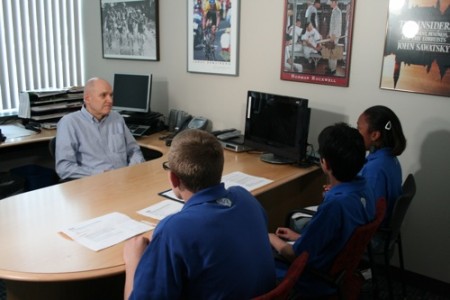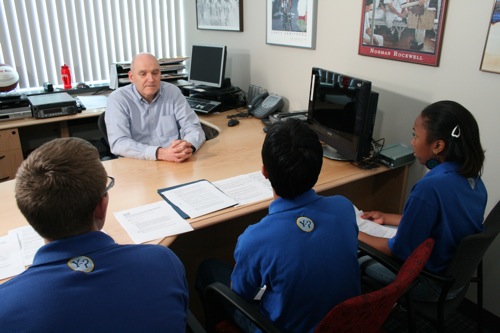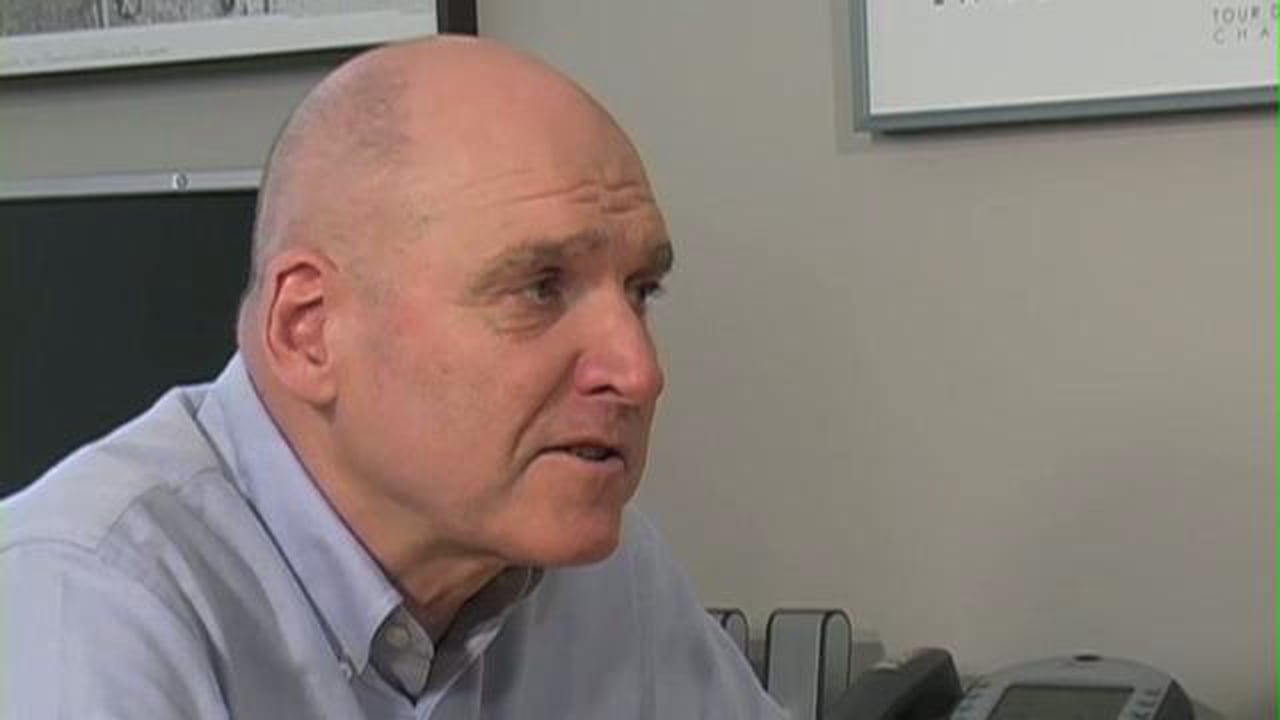Power of the Question
Lesson 1: Open, Neutral, and Lean
 WARM-UP ACTIVITY
WARM-UP ACTIVITY
At the start of class, hand out Post-its or note cards and ask students to write three questions about school, which will be shared anonymously. Don’t influence students’ ideas by giving suggestions. When students complete the task, collect students’ questions for a future activity.
CONCEPT FORMATION
Divide the class into smaller groups, giving each a piece of chart paper. Assign each group a word – open, neutral or lean. Ask students to brainstorm examples that describe their assigned word and record their initial ideas. (For instance, when I think “lean” I think body builder or meat, etc.)
With the class, share the brainstorming results. Ask students to turn the craft paper over and continue the activity and ask groups to add the type question after their assigned word. (i.e. open-question, neutral question, lean question). Then brainstorm ideas and definitions for this phrase. (For example: open questions=Who, what, when, where, why and how; neutral questions=non-controversial, unbiased; lean questions=one question at a time, very simple; etc.) Share with the class.
Ask students how adding the word question changes the meaning of the word and develop a working definition of each type.
Using the questions generated in the warm-up activity, post students’ questions around the room. Give students several minutes to take a gallery walk. During this exercise, students will read at least three questions and make note of their favorite question.
Facilitate a discussion highlighting questions selected by students. Encourage question analysis and discuss key qualities. Ask students if their question fits the definition of open, lean or neutral.
Working in pairs, have students rewrite their questions so they are open, neutral and lean. Share revisions.
APPLICATION
In this activity, students will analyze video clips. Select several sports video clips and have students watch as entire class or in small groups, depending on technology available. While they watch the clips, ask the students to listen for examples of open, lean and narrow questions. Ask students to write these down on a note card, paper or Post-it. Then give students time in small groups to discuss a question they heard and identify the qualities. As a class, share a few examples of students’ findings.
CONCEPT FORMATION
List similarities the students discovered with the video clips. (i.e. they are all about sports, all done by ESPN, etc.). The teacher should explain that there is a reason the clips were all similar. For the last five years, ESPN has hired an expert, John Sawatsky, who helps reporters and anchors develop better questions. (If desired, teacher can share more of Sawatsky’s background, depending on time, interest, etc. More about him can be found in the Additional Resources section.)
Show students section one and two of the Sawatsky video, Anatomy of a question and Open, neutral and lean (12 minutes). Encourage students to take notes. After viewing this section, ask student what can be added to the class’s prior definitions of open, lean and neutral.
You can watch the entire Sawatsky video here.
HOMEWORK
Ask students to write one of each type of question for a historical character or literary figure they are currently studying.



